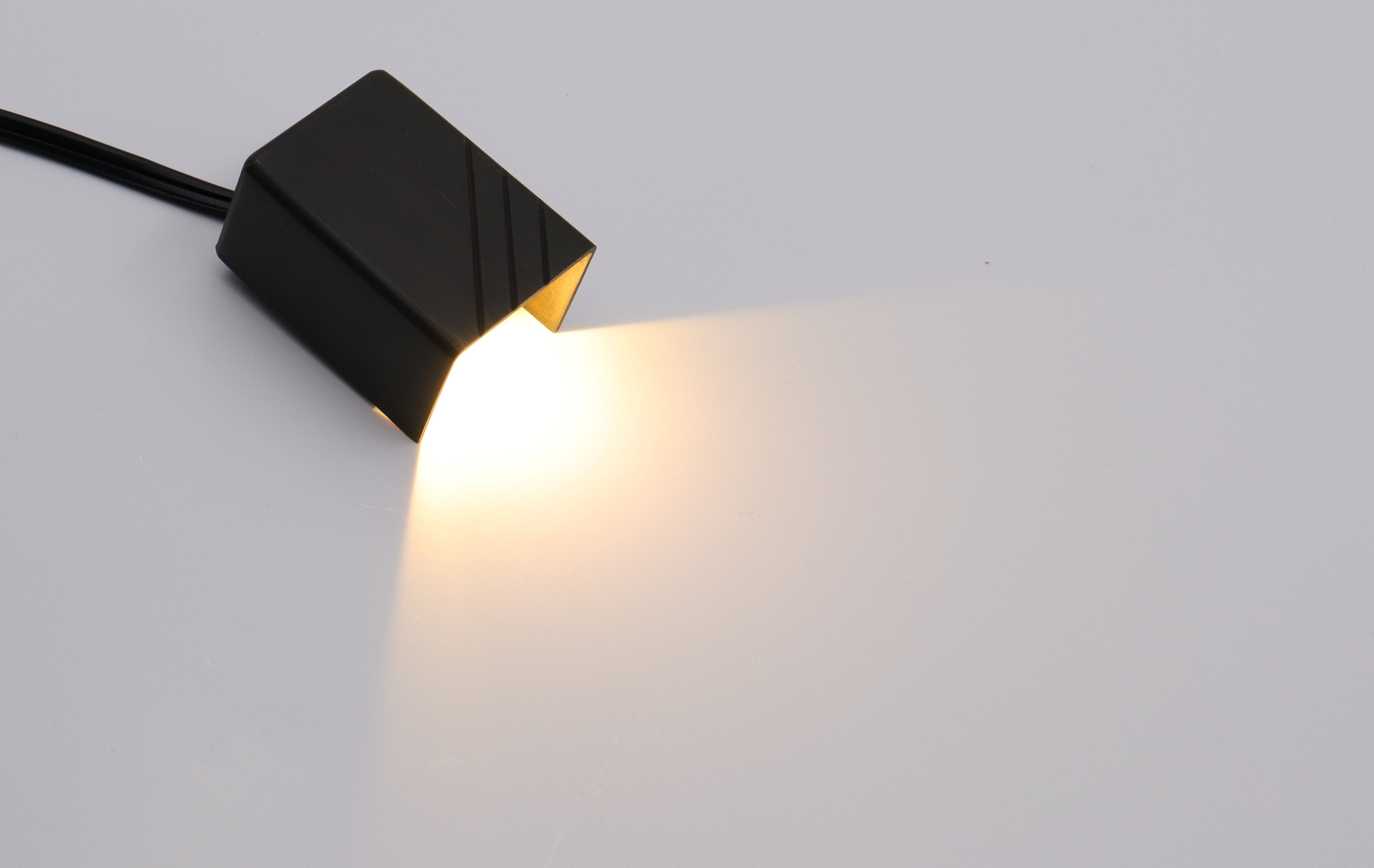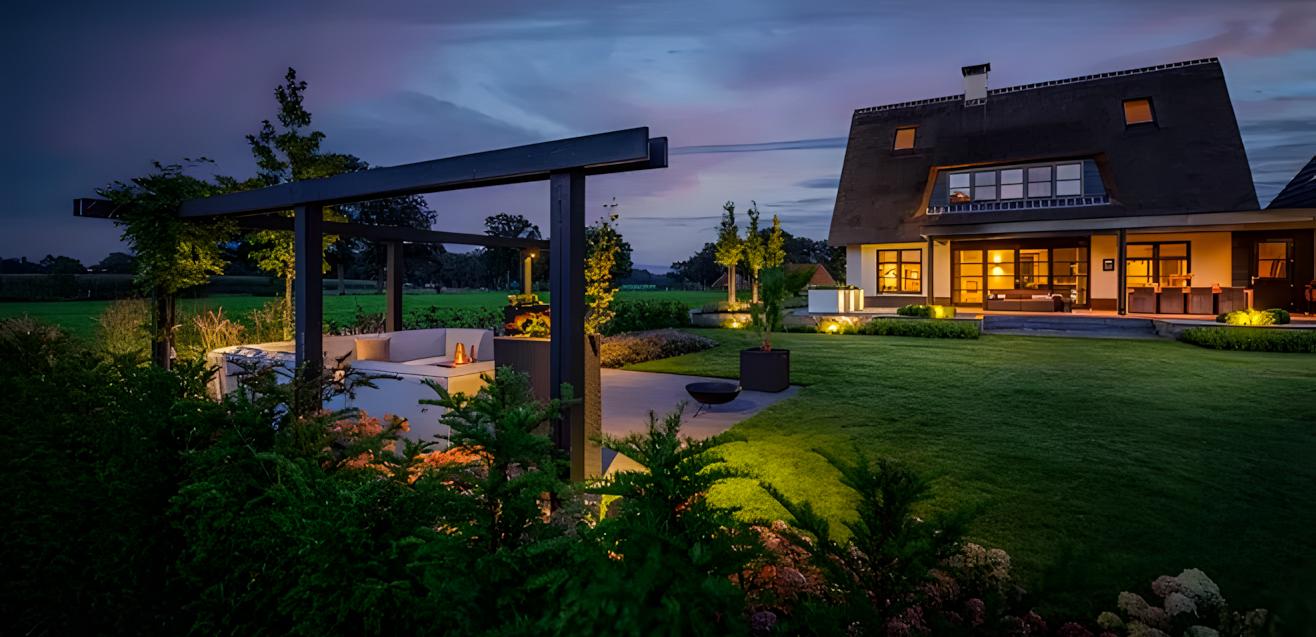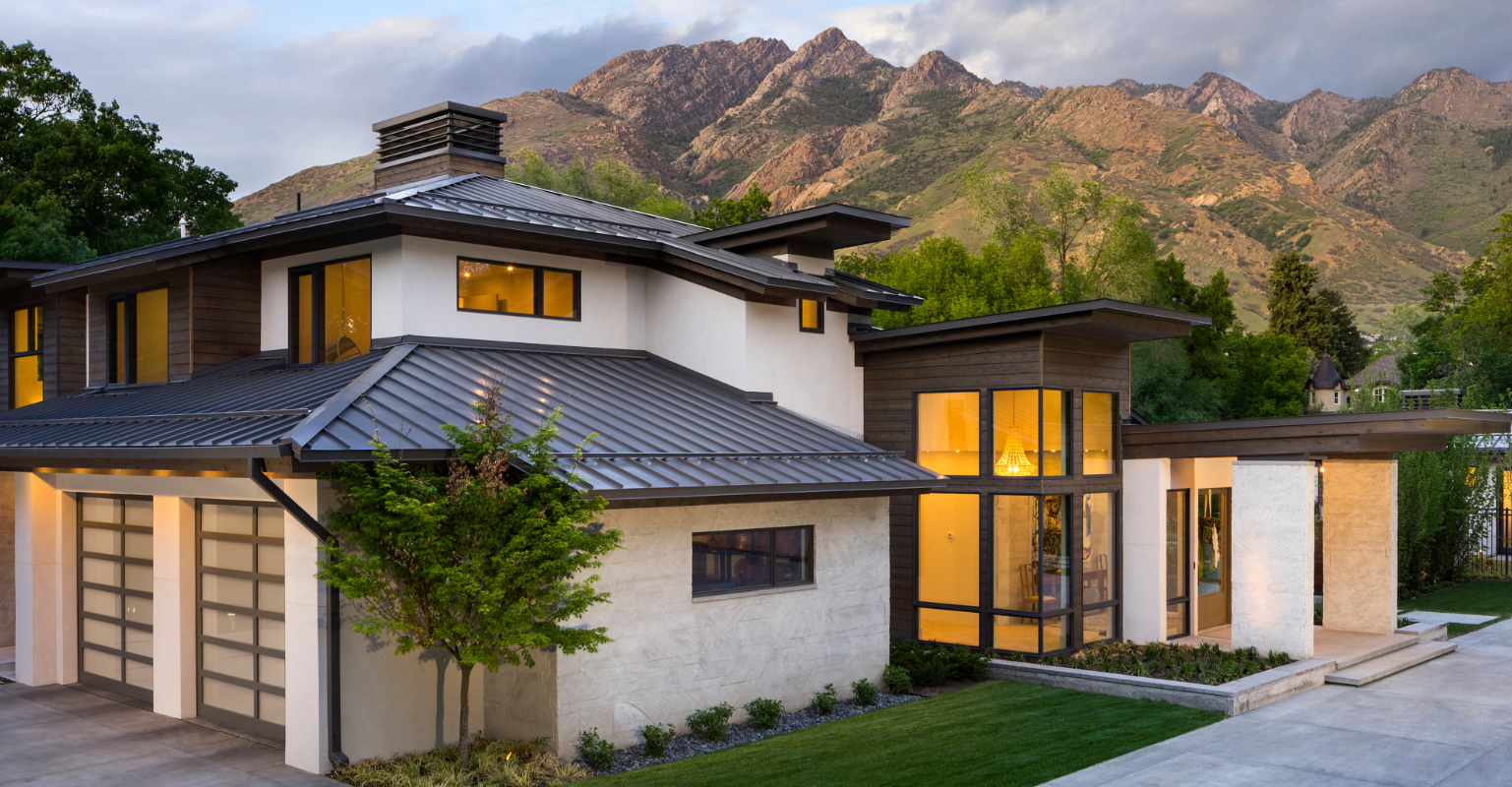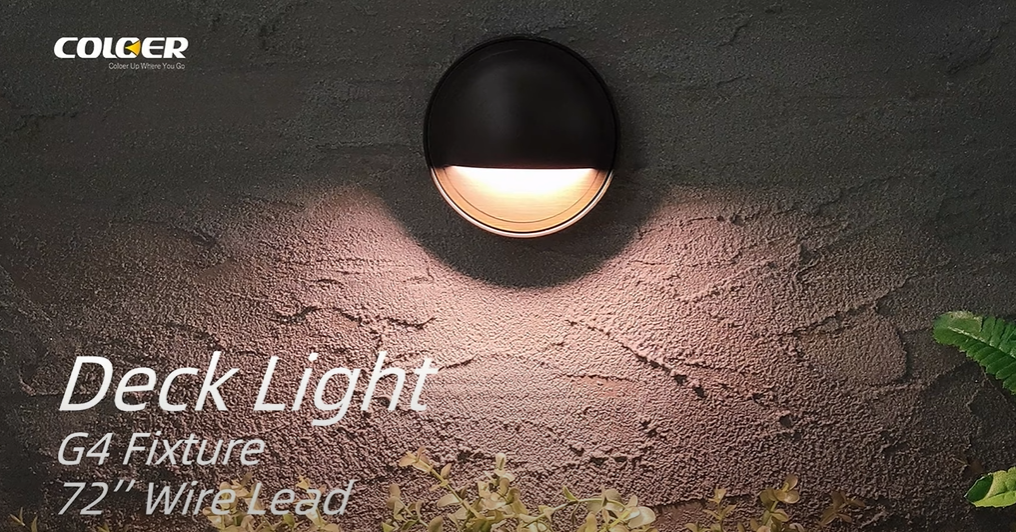Forget the harsh glare and astronomical energy bills. When it comes to transforming outdoor spaces after dark, professional landscape designers and architects aren't just choosing low-voltage lighting – they're relying on it as the foundation of exceptional, sustainable, and profitable outdoor designs. While high-voltage (line-voltage) systems have their place, low-voltage (typically 12V) landscape lighting offers a compelling array of benefits that directly address the core needs and challenges faced by professionals and their discerning clients. Let's illuminate why it's the superior choice for crafting stunning, functional, and enduring landscapes.
What is Low-Voltage Lighting?
Low-voltage lighting operates at 12 volts (compared to standard 120-volt systems) using a transformer that reduces household current. This makes it safer, more energy-efficient, and easier to install than traditional line-voltage lighting.
Common types of low-voltage landscape lights include:
- Path lights (for walkways and driveways)
- Spotlights & floodlights (for highlighting trees and architectural features)
- Deck & step lights (for safety and ambiance)
- Well lights (for uplighting shrubs and walls)
- String & bistro lights (for decorative effects)
Top Benefits of Low-Voltage Landscape Lighting
1. Safety First, Last, and Always: The Non-Negotiable Advantage
-
Dramatically Reduced Risk: This is paramount. 12V systems operate at a fraction of the voltage (and inherent danger) of standard 120V household current. The risk of severe electrical shock or electrocution, especially in wet outdoor environments, is minimized to an extremely low level. This protects:
- Your Clients & Their Families: Especially crucial around pools, water features, and areas frequented by children and pets.
- Your Installation & Maintenance Crews: Safer working conditions reduce liability and insurance concerns.
- Future Property Owners & Service Personnel: Anyone digging or working in the landscape later is at significantly less risk.
- Simpler Code Compliance: Meeting National Electrical Code (NEC) and local regulations for outdoor wiring is generally less complex and stringent for low-voltage systems compared to line-voltage trenching, conduit requirements, and junction box specifications. UL Listing for low-voltage components is still essential, but the overall installation barrier is lower.
- No Need for Deep Trenching: Low-voltage cable typically only needs to be buried 6 inches deep (always verify local codes), compared to the 18+ inches often required for line-voltage conduit. This drastically reduces installation labor, disruption to existing landscapes, and potential damage to irrigation or utility lines.
2. Design Flexibility & Artistic Control: Sculpting Light with Precision
- Smaller, More Discreet Fixtures: Low-voltage lamps (especially LEDs) are inherently smaller. This allows for incredibly compact fixture designs that disappear into the landscape during the day, preserving the aesthetic integrity of the design.
- Effortless Relocation & Adjustment: Client preferences change. Plants grow. Hardscapes evolve. The beauty of low-voltage is its inherent flexibility.
- Precise Beam Control & Layering: Modern low-voltage LED fixtures offer an incredible range of beam spreads and lumen outputs, allowing professionals to meticulously layer light.
- Easier Integration: Running thin, flexible low-voltage cable under pavers, through tight planting beds, or along retaining walls is far simpler than maneuvering rigid conduit. This enables creative placements that would be impractical or prohibitively expensive with line-voltage.

3. Cost-Effectiveness: Smart Economics for Professionals & Clients
- Lower Installation Costs: The reduced need for deep trenching and licensed electricians translates into significant savings.
- Dramatically Reduced Operating Costs: LEDs are incredibly energy-efficient. A typical low-voltage LED landscape fixture might consume only 4-7 watts, compared to 20-50+ watts for older halogen equivalents and significantly more for line-voltage incandescent/halogen options.
- Reduced Maintenance & Longer Lifespan: Quality low-voltage LED fixtures boast lifespans of 30,000 to 50,000 hours or more.
- Scalability: Adding zones or fixtures later is straightforward and cost-effective with low-voltage systems.
4. Enhanced Property Value & Curb Appeal: The Nighttime Transformation
Low-voltage lighting extends living space, highlights key investments, creates ambiance and security, and gives professionals a competitive edge.
Implementation Best Practices for Professionals
- Thorough Site Analysis: Understand the landscape, client needs, and potential obstacles before designing.
- Layer Your Light: Plan for accent, task, and ambient layers.
- Prioritize Quality Components: Specify commercial-grade fixtures and robust transformers.
- Master Voltage Drop Calculations: Ensure adequate voltage at every fixture.
- Embrace LED Technology: Opt for efficiency, longevity, and ideal color temperature.
- Consider Smart Controls: Use timers, photocells, and smart systems for convenience and energy savings.
- Plan for Maintenance: Design with easy access in mind.
- Document the System: Provide the client with a clear plan showing fixture locations, cable runs, transformer location, and control instructions.

Conclusion: Lighting the Path to Professional Excellence
Low-voltage landscape lighting isn't just a technical choice; it's a strategic design and business decision for landscape professionals. Its unparalleled combination of safety, design flexibility, cost-effectiveness, energy efficiency, and ability to dramatically enhance property value makes it the unequivocal standard for high-quality residential and commercial landscape illumination.






Leave a comment
All comments are moderated before being published.
This site is protected by hCaptcha and the hCaptcha Privacy Policy and Terms of Service apply.